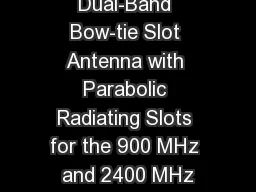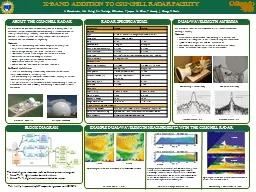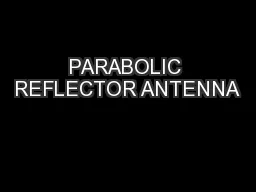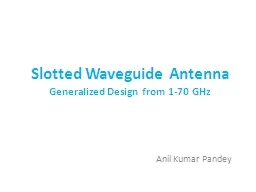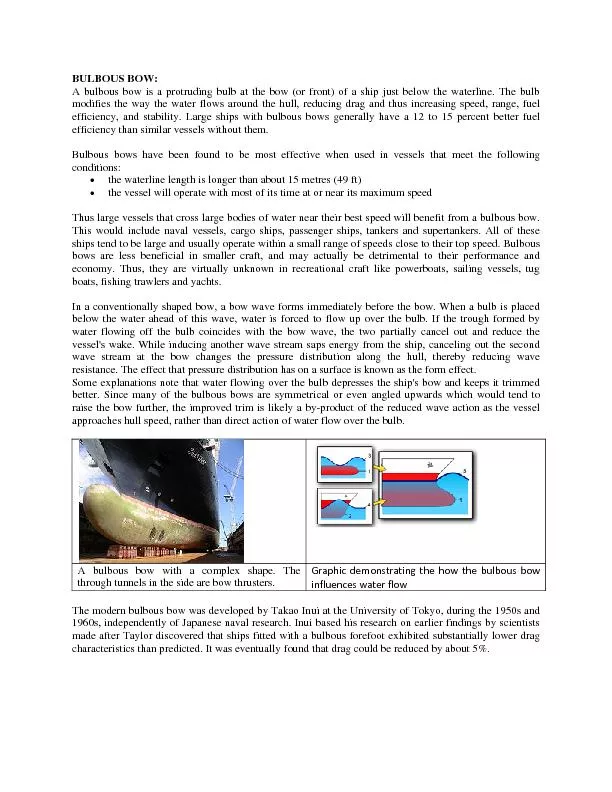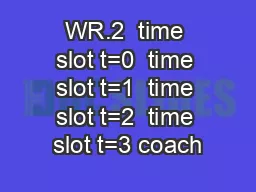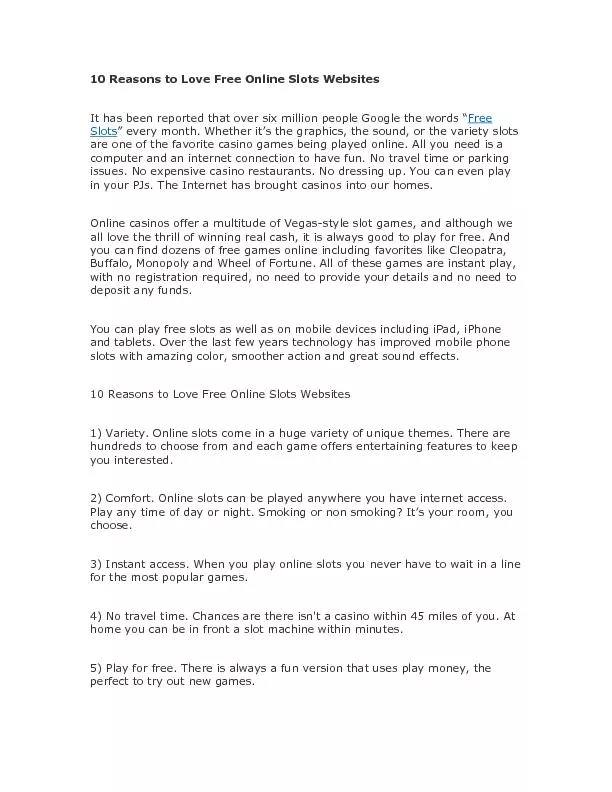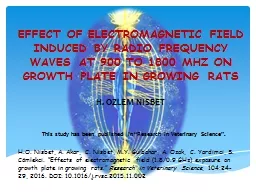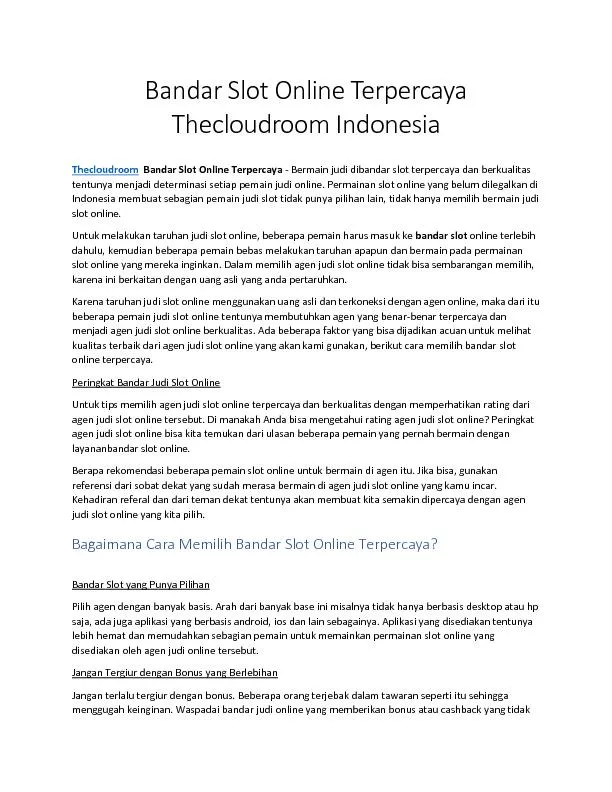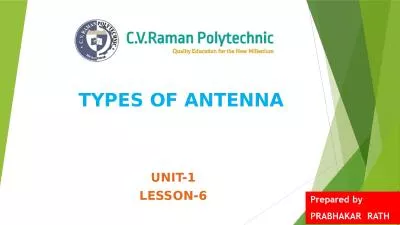PPT-Tuning a Dual-Band Bow-tie Slot Antenna with Parabolic Radiating Slots for the 900 MHz
Author : luanne-stotts | Published Date : 2018-12-10
Layne A Berge Michael T Reich Masud A Aziz Benjamin D Braaten NORTH DAKOTA STATE UNIVERSITY APPLIED ELECTROMAGNETICS LAB Department of Electrical and Computer Engineering
Presentation Embed Code
Download Presentation
Download Presentation The PPT/PDF document "Tuning a Dual-Band Bow-tie Slot Antenna ..." is the property of its rightful owner. Permission is granted to download and print the materials on this website for personal, non-commercial use only, and to display it on your personal computer provided you do not modify the materials and that you retain all copyright notices contained in the materials. By downloading content from our website, you accept the terms of this agreement.
Tuning a Dual-Band Bow-tie Slot Antenna with Parabolic Radiating Slots for the 900 MHz: Transcript
Download Rules Of Document
"Tuning a Dual-Band Bow-tie Slot Antenna with Parabolic Radiating Slots for the 900 MHz"The content belongs to its owner. You may download and print it for personal use, without modification, and keep all copyright notices. By downloading, you agree to these terms.
Related Documents

